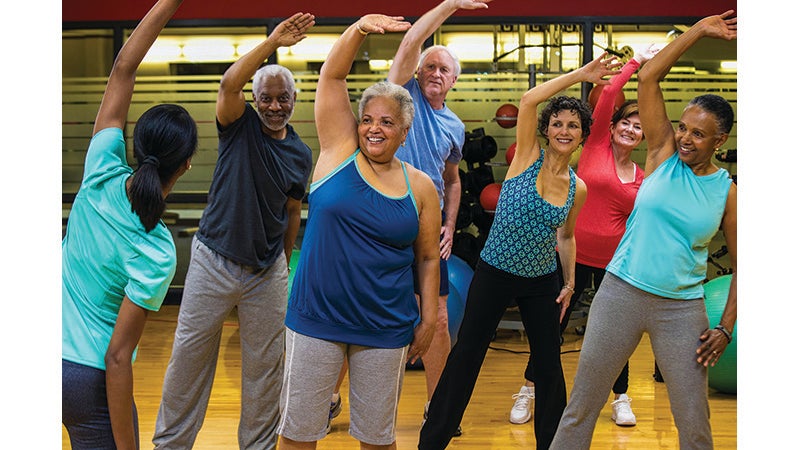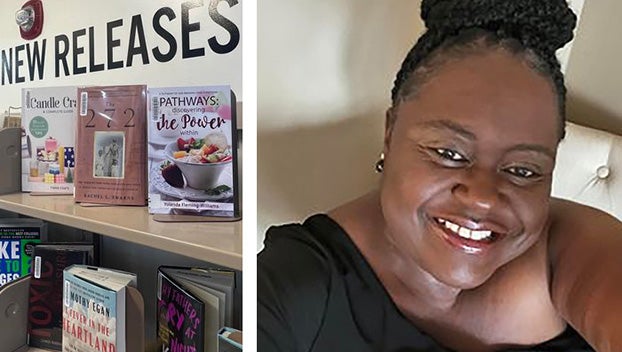WASHINGTON, DC, Oct 22 — “Twenty-first century seniors live longer, healthier and more active lives. Sure, you’ll find some older folks who might prefer to sit out their senior years. But, for the most part, the elders among us — and there are a lot of them — choose ‘not to go gently into that good night,’ as poet Dylan Thomas put it,” says Rebecca Weber, CEO of the Association of Mature American Citizens [AMAC].
The Census Bureau reports that when they conducted their 2010 head count the oldest Baby
Boomer — the first of whom were born in 1946 — was not even 65 years old yet. But since then, a staggering 10,000 of them have been celebrating their 65
th birthdays each and every day and the “gray tsunami” will continue for yet another decade.
Today’s life expectancy is about 79 years. It was little more than 68 years in 1950 and it will
continue to increase well beyond the turn of another century. Medical innovations have a lot to do with it.
In 1950, there were nearly 589 deaths due to heart disease per 100,000 population; today, the death rate due to heart disease has dropped dramatically to 167 per 100,000.
But, while medical interventions certainly allow more of us to have longer life spans, another important contributing factor is modern day lifestyles. We’re taking better care of ourselves, eating better, sleeping better and getting more exercise. According to the Centers for Disease Control
[CDC], “Older adults should move more and sit less throughout the day. Keep in mind, some physical activity is better than none. Older adults who sit less and do any amount of moderate-to-vigorous intensity physical activity gain some health benefits. Your health benefits will also increase with the more physical activity that you do.”
AMAC’s Weber, meanwhile, is suggesting that more exercise is better than less as you get older. Taking long walks, participating in sports, climbing stairs, lifting weights, doing push-ups and sit-ups. In fact, a growing number of seniors have gone so far as to engage in more extreme ways to get exercise, she says, warning us to make sure we don’t overdo it.
For example, an exercise regimen known as Parkour has been growing in popularity in the U.S. in recent years. To say that it is an extreme way for senior citizens to stay fit is an understatement; it involves a lot of jumping, climbing and vaulting over and around barriers. As a matter of fact, Sean Hannah president of PK Move, told
U.S. News, “You say, ‘parkour for seniors,’ and it hits the brain weird, like that’s the absolute opposite of what seniors should be doing,” PK Move bills itself as “The WORLD’S 1st and ONLY evidence-based program for seniors based on modified parkour.”
Nancy Lorentz is executive director and co-founder of PK Move. In an interview with
Northern Virginia Magazine, she described parkour training as “the art of moving through your environment in a smooth, efficient manner. This art of movement requires and builds mental and physical strength to overcome obstacles in the path you have chosen. Generally, parkour involves crawling, running, jumping, leaping, climbing, swinging or diving. There are no set routines (such as in yoga or tai chi) for practicing parkour, although proper functional form is required to train safely.”
###





